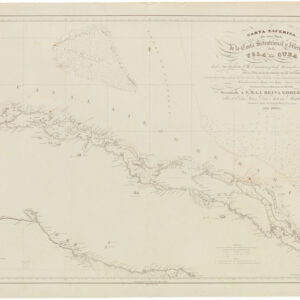One of the 17th century’s most stunning and detailed depictions of South America.
America Meridionale Auttore Il P.M. Coronelli M.C. Cosmografo dell Serenssima Repub. di Venetia.
$2,200
1 in stock
Description
Vincenzo Maria Coronelli’s map of South America is an astounding blend of artistry, imagination, and the latest geographic knowledge. Executed in the typical style of the Venetian Baroque, the map stands as a testament to Coronelli’s expertise, network, and skill. It offers viewers an opulent insight into how Europe’s intelligentsia perceived South America in the 17th century. It was published around 1691 as part of Coronelli’s monumental folio atlas, the Atlante Veneto. It soon became one of the most influential depictions of the continent.
Today, the map is celebrated for its stylistic grandeur and the elegant merger of cartographic accuracy with detailed and fantastical illustrations. It showcases how even the best mapmakers of the 17th century relied on a combination of real and imagined features and reflects some of the mythology associated with the exploration and discovery of the Americas.
An encyclopedic map
Vincenzo Coronelli was the official cosmographer of Venice, and this position undoubtedly gave him access to fresh and reliable information that he could incorporate into his maps and globes. Around 1681, Coronelli was also appointed royal cartographer to the French court, which, of course, afforded him further advantages in this regard. Most of the information gathered by French officers, explorers, and traders would also be available to Coronelli, supplying him with a wealth of new informants. This included many Spanish sources, making him one of the most informed mapmakers of his time.
Coronelli’s map of South America is a large-format, two-sheet engraving that captures the continent in the same intricate style we know from his famous globes. The map presents an elaborate and recognizable coastline. Each port, bay, and harbor has been carefully labeled, emphasizing the key role of coastal areas for trade and exploration during this time. Across Brazil, a similar abundance of toponyms occurs, and even the interior of the continent, although not very well known to Europeans in the 17th century, is densely filled with topographic and toponymic detail.
The Andes mountains, stretching along the continent’s western coast and forming a gateway to the Amazon Basin, are prominently depicted in vignette form. Further south, Lake Titicaca has been accurately placed and supplied with a range of local place names. A particularly intriguing feature of Coronelli’s map is the inclusion of the mythical Lake Parime, believed to be a possible location of the fabled city of El Dorado. Its inclusion reveals lingering European fantasies about hidden treasure and undiscovered lands teeming with gold and other riches. Even though Parime is shown on this map as a large body of water, and an annotation explains its nature, the lake’s undefined boundaries underscore just how speculative its inclusion was.
Other physiographic features showcased on the map include the Amazon River, which, despite not yet having been fully mapped out, winds its way through the vast rainforests of the northern part of the continent. In typical Baroque fashion, Coronelli compensates for the lack of knowledge about this region by filling it with evocative and exotic vignettes. Scenes of cannibalism and human sacrifice are interspersed with scenes of indigenous agriculture and fantastical animals – both real and imagined.
The abundance of local fauna adds to the map’s allure. Some native animals like lamas, lizards, leopards, and the flightless Rhea bird are more or less accurately represented. Still, they are accompanied by creatures that appear more at home in Africa, such as elephants and lions. This blending of exotic fauna reflects European misconceptions of the time, where factual knowledge of the New World was often intertwined with legends and hearsay. This is perhaps why Coronelli notes some of the sources for his more tentative solutions. Thus, we learn from an annotation at the bottom of the map that the configuration of Tierra del Fuego and the Strait of Magellan hinges on the late 16th-century reports of Hernando Galego.
One of the hallmarks of Coronelli’s style was the inclusion of one or more ornate cartouches. In this case, the map’s title is set on a banner surrounded by local fauna in the lower right corner. The scene is dominated by a fruited shrub or tree, likely an early depiction of cocoa. In the map’s lower left corner, seven scale bars depicting distances in various European metrics are framed alongside an ornate heraldic shield. These were not just decorative elements but carefully crafted imagery loaded with symbolism meant to reinforce colonial notions of world dominance.
Context is Everything
Coronelli’s map of South America was created during significant expansion in Europe’s exploration and colonization of the New World. By the late 17th century, European powers, particularly Spain and Portugal, had established vast colonies throughout South America, exploiting the continent’s people and resources and establishing monopolized trade routes across the Atlantic. Nevertheless, much of the continent’s interior remained unexplored, and cartographers were forced to rely on dubious accounts or posited indigenous knowledge. It was up to the mapmakers themselves to fill the many gaps left by these limited sources, and no mapmaker was more skilled at this than Coronelli.
The current map was part of Coronelli’s Atlante Veneto, an ambitious project that strove to catalog the known world in one comprehensive atlas. Published between 1690 and 1701, the Atlante Veneto was intended to serve as a renewal of Joan Blaeu’s Atlas Maior, a cornerstone in 17th-century cartography. Coronelli’s atlas provided detailed maps of all the continents and explored a wide range of geographic, cosmographic, and historical topics; from Ptolemaic geography to the latest astronomical theories. His work merged scientific inquiry and artistic expression, and it is a reflection of the age’s intellectual curiosity and ambition.
The map of South America reflects a growing knowledge about the continent. Still, the inclusion of mythical locations and fantastical animals—not to mention a heavy emphasis on cannibalism—reminds us that while Europeans were beginning to form a clearer picture of the continent, much of their understanding was still formed by myth and conjecture.
Census
Coronelli’s map of South America was first published in Venice in 1691 as part of his seminal Atlante Veneto atlas. This comprehensive atlas spanned thirteen folios and covered an impressive geographic and cosmographic knowledge range. Many of the maps, including the South America map, were printed on fine white paper and engraved with exceptional precision. Using two sheets for large maps like this one allowed Coronelli to insist on a high level of detail, enhancing both the aesthetic appeal and the practical use of the maps. This particular map draws significantly on his earlier work, especially his renowned terrestrial globes.
Coronelli’s South America map is held in several major collections worldwide, including the Library of Congress, the national libraries of France, Spain, and Bavaria, and the Universities of Michigan, Illinois, and Alabama (OCLC no. 431580889; 733695530). Due to their aesthetic and cartographic qualities, Coronelli’s maps are generally in high demand. This particular map appears on the market at regular intervals.
Cartographer(s):
Vincenzo Maria Coronelli (1650 – 1718) was a Franciscan printer, cartographer, and globe-maker from Venice. Due to his religious background, many of his charts have been signed P. Coronelli, meaning Père or ‘Father’, and referring to his status as a friar of the Franciscan Order. He was appointed official cosmographer for the city of Venice and was later employed as royal cartographer to the King of France. In particular the latter position meant that he had access to the latest records and materials from French pioneers and voyages of exploration. This caused many of his charts to be cutting-edge innovations that redefined the newly discovered parts of the world in an entirely novel fashion. It also meant that Coronelli would have no scruples in declaring uncontested or virgin land in the New World as part of Nouvelle France. This is exemplified in Coronelli’s celebrated 1685 chart of Western Canada or Nouvelle France, in which the official French territories have been expanded thousands of miles to the west and south, so that most of the Midwest, including the Mississippi Valley, has been subsumed under a French claim.
Coronelli’s access to the latest French sources and intelligence is part of what has made his maps so cartographically decisive and collectible. An example of this is found in his 1688 chart of upper Mexico and the Rio Grande (modern Arizona, California, and parts of New Mexico). This map was, at the time of its publication, one of the most detailed and accurate maps of the Rio Grande on the market. The detailed information conveyed in Coronelli’s map came directly from Diego Penalosa, the Spanish governor of New Mexico (1661-63) who turned rogue and provided the French King with a wealth of strategic geographical information. His ambition was to lure the French into attacking New Mexico from the neighboring territory of Louisiana. Despite the controversial source of his information (or perhaps precisely because of it), Coronelli does not hesitate to lay credit where credit is due, and mentions Penalosa directly in the map’s cartouche.
Condition Description
Very good. Minor nicks at edge of bottom margin.
References
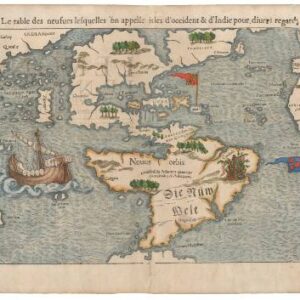
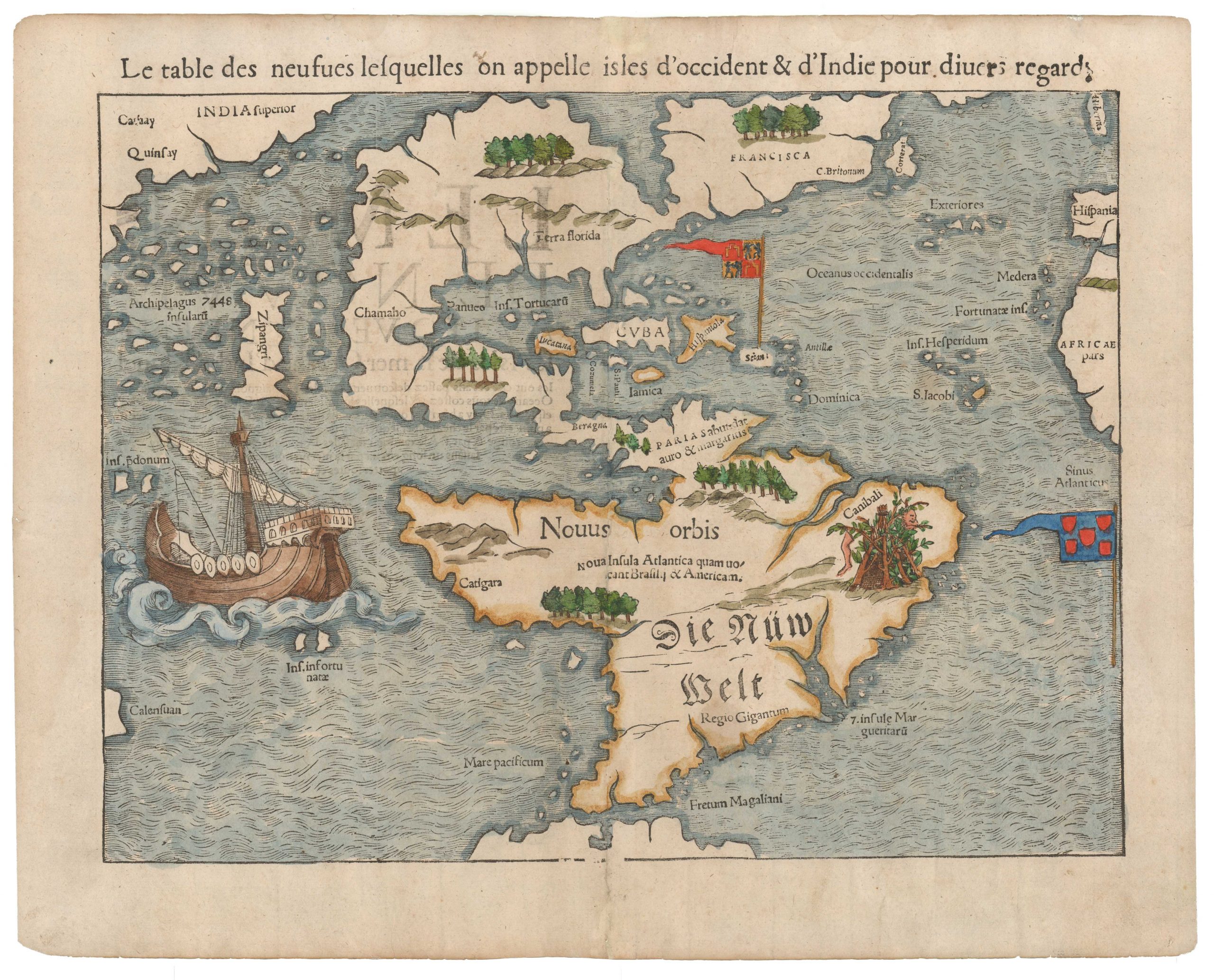
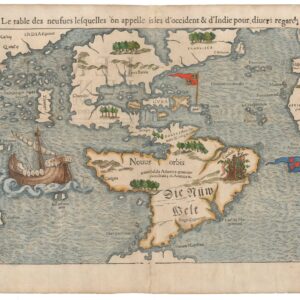
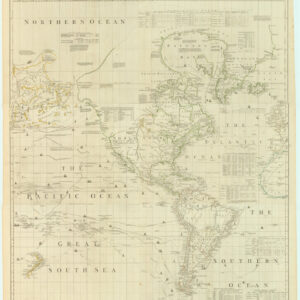
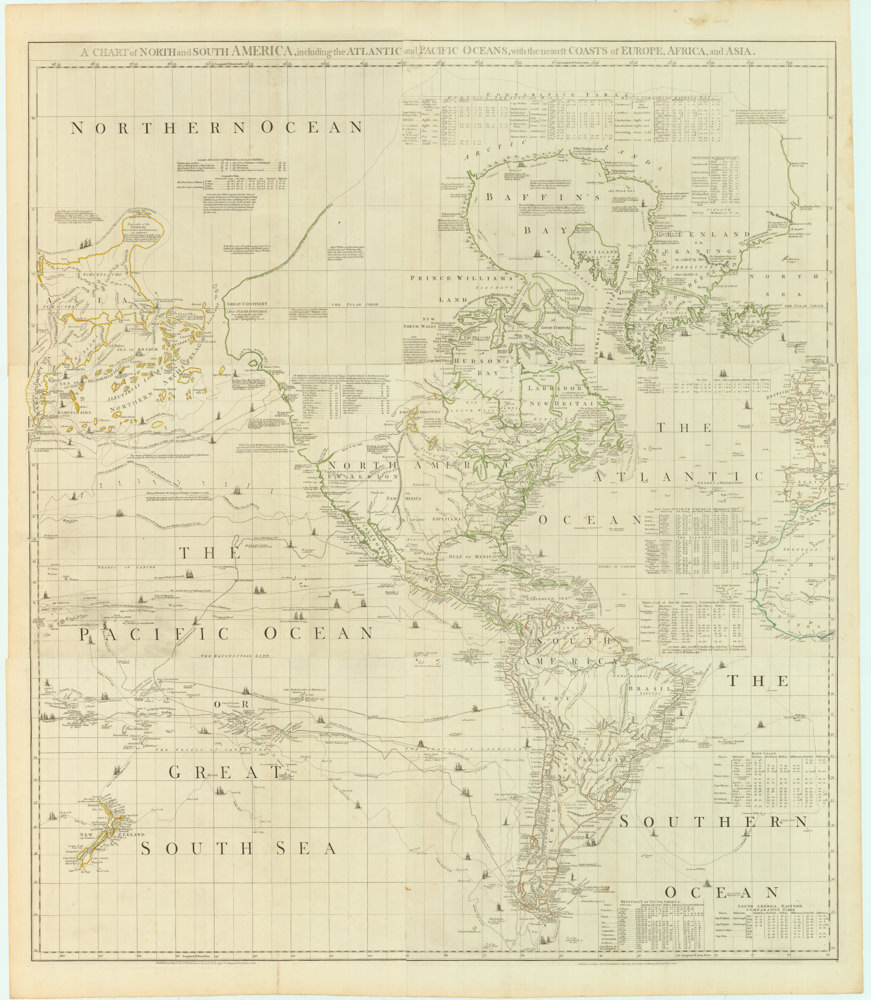
![[Vietnamese Maps of North America: Mexico, Canada, USA]](https://neatlinemaps.com/wp-content/uploads/2022/04/NL-01262-USA_thumbnail-scaled-300x300.jpg)
